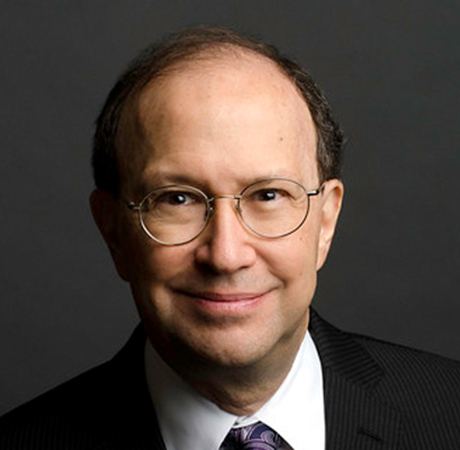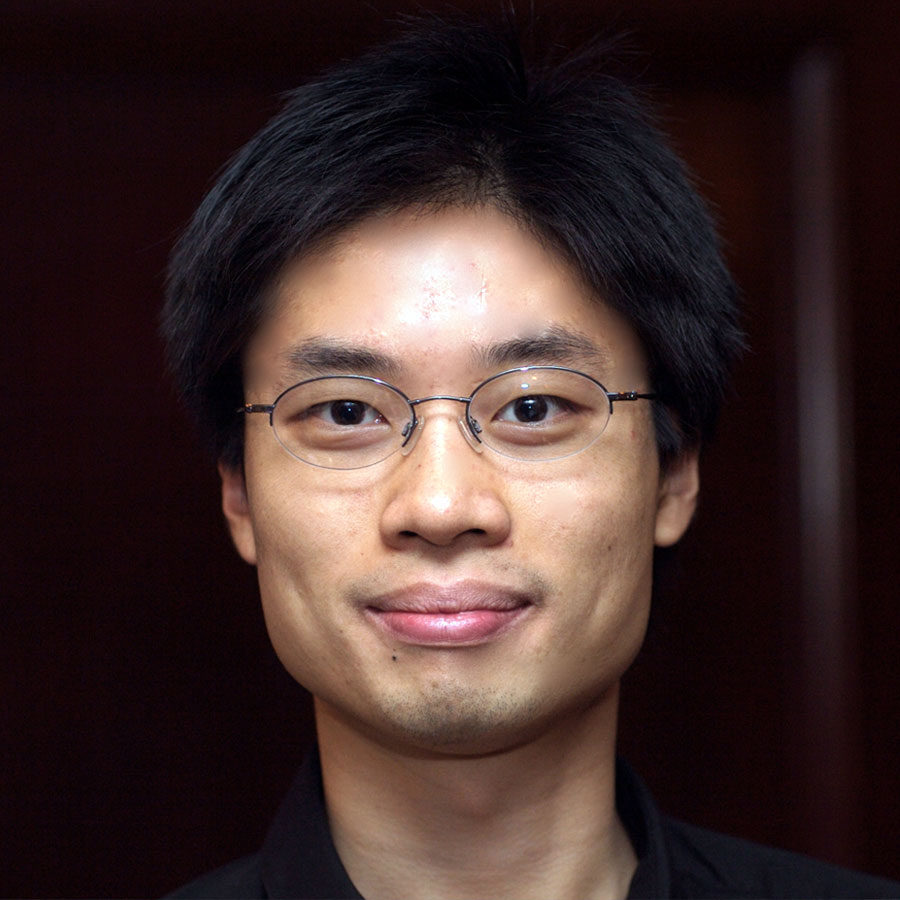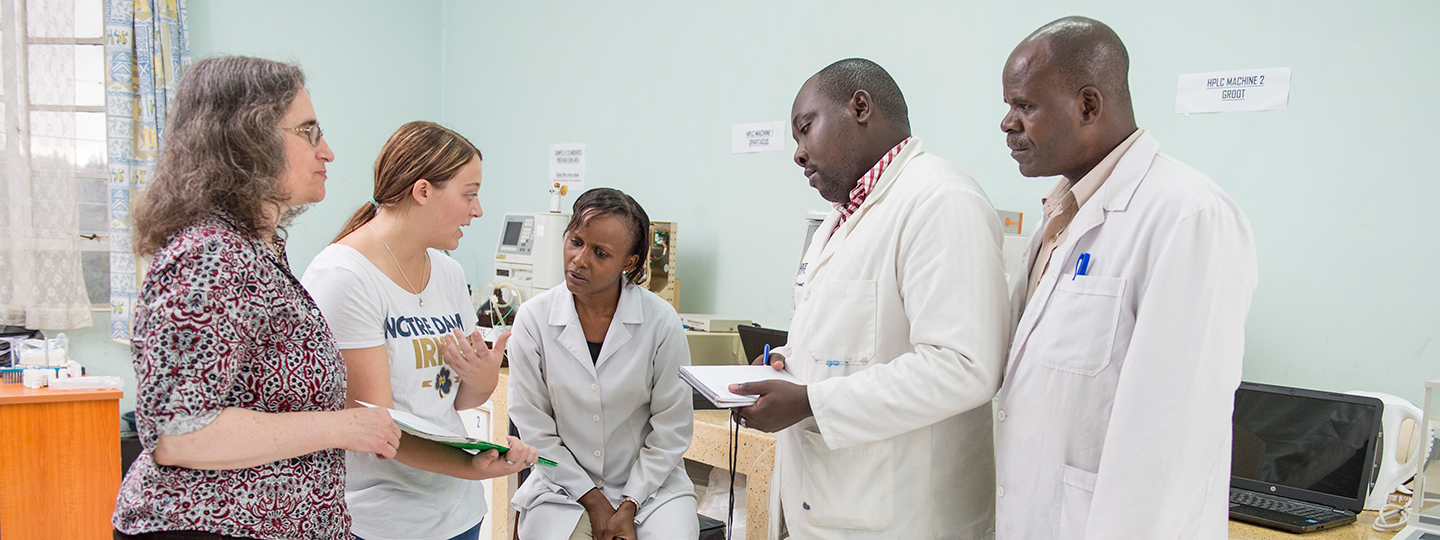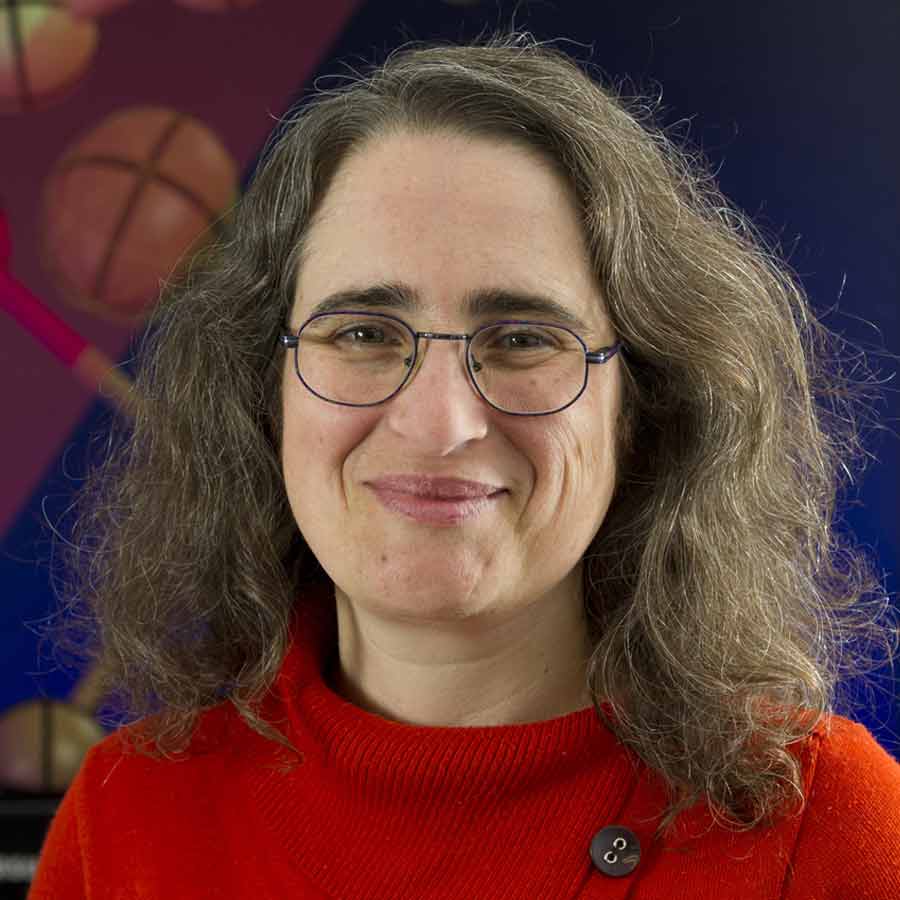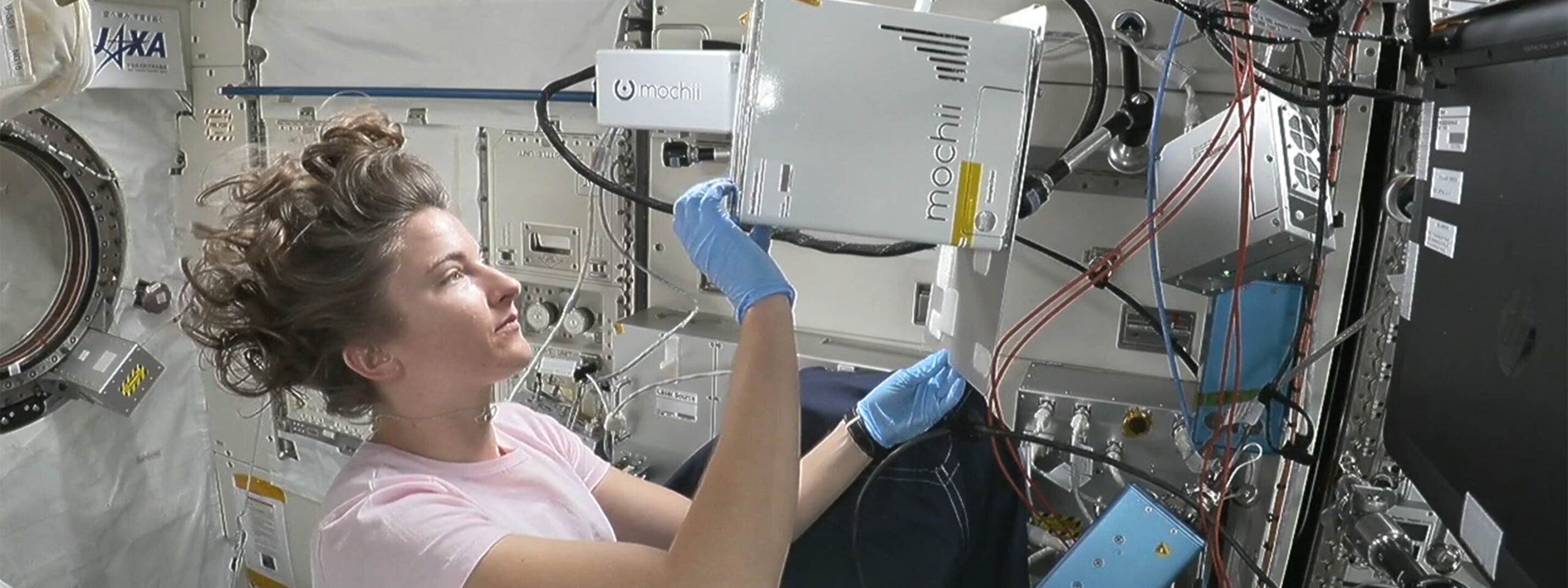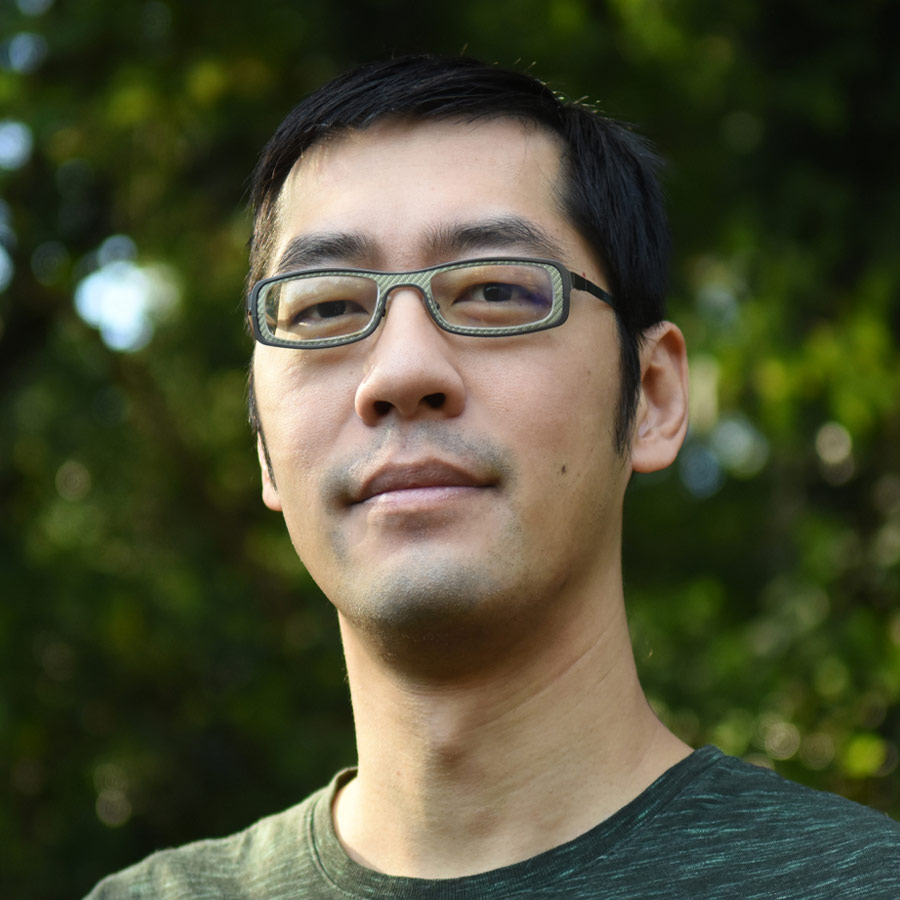Understanding where our genetic code deviates from the norm can unlock human mysteries. It can show us how we inherit diseases, the genetic changes behind disease development, and understand the make up of tumor cells, to potentially unlock how to destroy them.
But that’s only possible because we have a human genome to compare those differences to, thanks to the The Human Genome Project, the large, well-organized, and highly collaborative international effort that generated the first sequence of the human genome and that of several additional well-studied organisms.
From 1990 to 1993, Galas served the the Department of Energy Office of Science as the director for health and environmental research at the U.S. Department of Energy. While there, he played an important leadership role for the Human Genome Project.
By the time the project ended in 2003, it accounted for more than 90% of the human genome, as much information that researchers could obtain given the technology of the time. Galas moved on in 2003, but would work on genetic research until his death in 2023.
“Trying to understand the multiplicities in the genome is complex and there are many kinds of interactions. This is the work of the next decade in genetics.”
David Galas
Principal Scientist, Pacific Northwest Research Institute (PNRI)
The Human Genome Project showed that a production-oriented, discovery-driven scientific inquiry could be valuable and beneficial to the broader scientific community.
It has also had a profound impact upon our understanding of disease, especially age-related macular degeneration, Alzheimer’s disease, multiple sclerosis, and inherited diseases. And when it comes to cancer, tumours can be categories through their genetic changes, which can help identify better and more targeted treatments.
“Trying to understand the multiplicities in the genome is complex and there are many kinds of interactions,” he told the Hertz Foundation in 2022. “This is the work of the next decade in genetics.”


